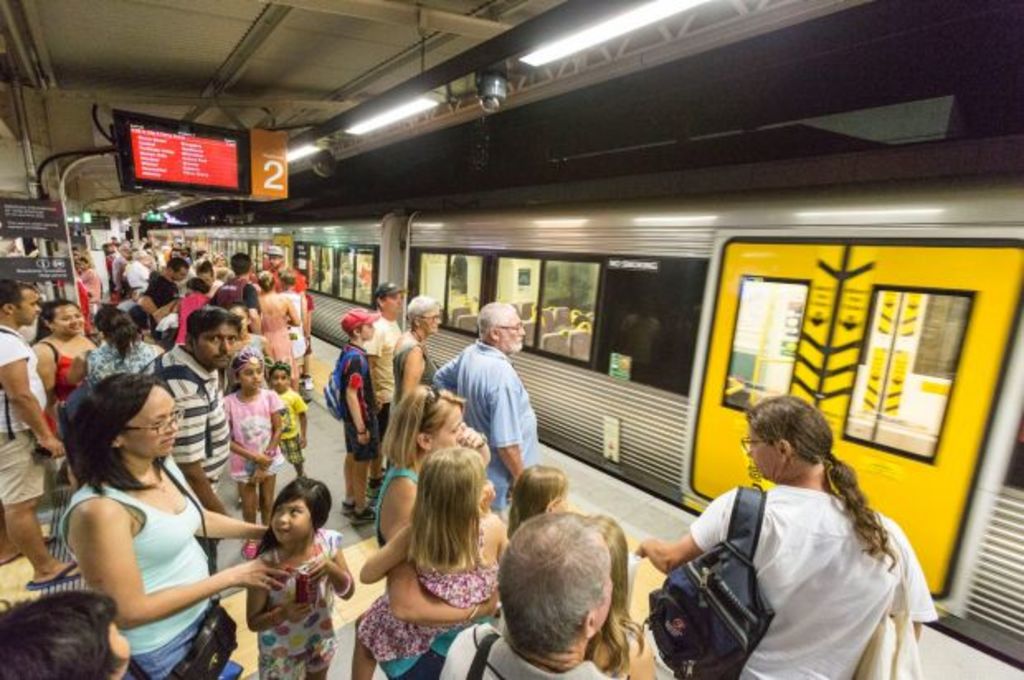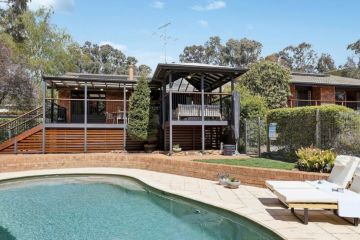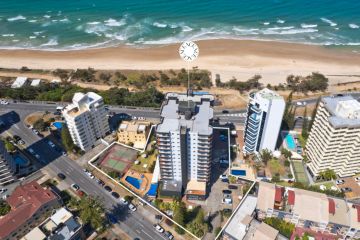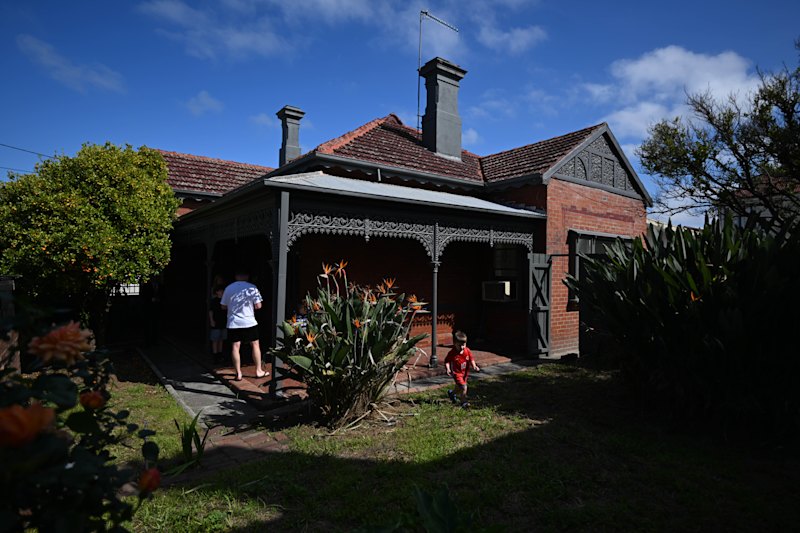The best Brisbane suburbs for public transport - and the price buyers pay to get in

- Where to buy in Brisbane this year
- Best Sydney house prices by train line
- Inner-ring Melbourne suburbs sell well
When it comes to public transport, not all suburbs are created equal. The closest to the city have the best access, but they come at a price premium.
Public transport advocate Robert Dow said through property prices, public transport could become a major economic driver. His lobby group, RAIL Back On Track, is frequently consulted by state and local governments.
“Public transport is gold for real estate,” he said. “It definitely has a very significant impact on housing value and we’re seeing a lot of transit-oriented development.”
Mr Dow said rail and tram lines were the most “valuable” form of public transport, but Brisbane’s buses were utilised the most.
“The thing about light rail and heavy rail is it’s permanent. A bus route can change overnight and developers don’t like that,” he said.
Domain Group chief economist Andrew Wilson said West End was a good spot to buy, but the prices would be prohibitive.
“The high prices there are because it’s a highly established area,” he said. “It’s becoming a high-rise community, the houses that are sold there reflect the market.”
High-frequency bus routes kept the suburb connected to the city and train stations located in South Bank, which Mr Dow said made the suburb highly desirable. Residents had the option of walking into the Brisbane CBD, which added to the accessibility of the suburb.
Next best were Taringa and Indooroopilly, suburbs with access to buses and train lines headed to the city and local amenities like shopping centres and cafes.
Professionals Toowong agent Vern Gilbert said the suburbs of Taringa and Toowong also offered access to ferries and bikeways, which Indooroopilly lacked.
“They have train, bus, and ferry,” he said. “It’s really easy to walk to the Toowong village and train stations, bus stops, and the CityCat at the Regatta Hotel and there’s a great flat bicycle track along the river straight into the city.”
Mr Gilbert said the inner-west suburbs in general were a good pick for connectivity to the public transport network.
Coorparoo was another suburb high on Mr Dow’s list. He said the train line running through the suburb’s north wasn’t easily accessible to all residents but high-frequency bus routes made travelling the four kilometres to the city a breeze.
Darra was a well-connected suburb that was often overlooked because it’s 14 kilometres from the CBD, Mr Dow said. The well-established suburb offers good train services and bus routes.
Harcourts Graceville principal David Gowdie said the suburb has a history of good public transport.
“It’s the age,” he said. “It’s been there a very long time, the original train line that went out to Ipswich went through Darra.”
Mr Gowdie said Brisbane locals would be surprised to hear it was also serviced by a relatively high-frequency bus route too.
The median house price was $405,000 but Mr Gowdie said it was earmarked for growth following the success of neighbouring suburbs.
“Three or four years ago people didn’t want to live in Oxley, but now it’s the flavour of the month,” he said. “It’s only a matter of time.”
Dr Dow’s final recommendation was the suburb of Ferny Grove. He said until Queensland Rail’s recent issues, the suburb had high-frequency services into the city, 11 kilometres away. Mr Dow said he hoped the timetable would return to normal when the issues within QR were ironed out.
Dr Dow said public transport was one of the key drivers of property prices: the closer to a reliable service a house was, the higher the price, regardless of the suburb.
Domain Group data showed buyers in the Redland council area have a 27 per cent discount when comparing to the median house price to that in the Brisbane City Council area. In the Moreton Bay region it’s 47 per cent cheaper, 64 per cent in Logan, and 85 per cent in Ipswich.
Brisbane’s public transport network was still well suited for use by the population base, Dr Wilson said.
“It has a reasonably favourable environment for commuting,” he said.
Other commentators said the Brisbane region needed to focus on improving transport infrastructure, which could in turn lead to fiercer market competition in the best serviced suburbs.
SGS Economics and Planning principal Terry Rawnsley said if Brisbane was to remain competitive with other major Australian cities, it would have to better utilise its public transport networks, rail in particular.
“If you look at cities that are bigger than Brisbane at the moment more and more of their population growth is occurring along rail lines,” he said.
Mr Rawnsley said in those markets, connectivity to the city was particularly desirable.
“People are willing to pay a premium to have those options,” he said.
We recommend
States
Capital Cities
Capital Cities - Rentals
Popular Areas
Allhomes
More







